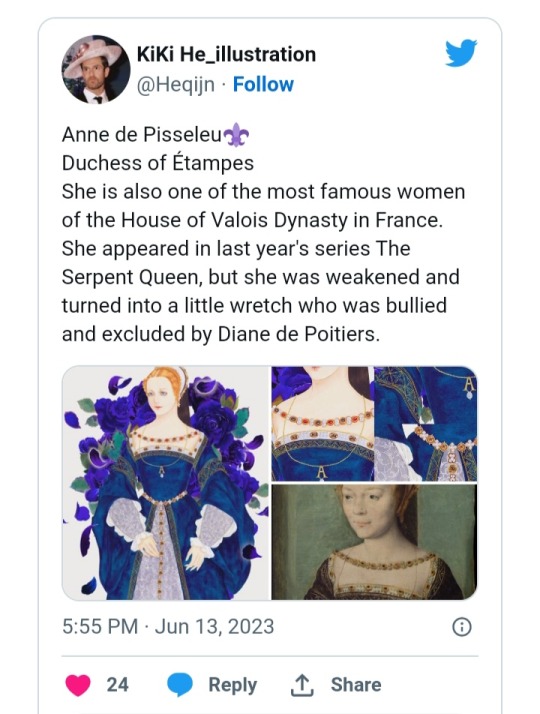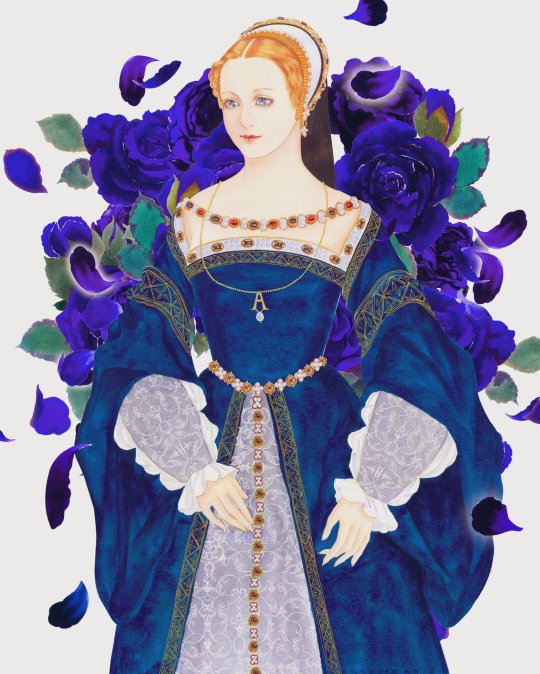#Pisseleu
Text
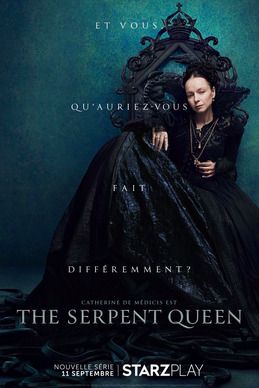
“The Serpent Queen (Saison 1)” série créée par Justin Haythe (2022) - adaptée de “Catherine de Medicis : Renaissance Queen of France” de Leonie Frieda (2004) - avec Samantha Morton, Liv Hill, Ludivine Sagnier, Alex Heath, Lee Ingleby, Colm Meaney, Antonia Clarke, Barry Atsma, Kiruna Stamell, Amrita Acharia, Enzo Cilenti, Adam Garcia, Danny Kirrane, Nicholas Bruns, Ray Panthaki, Raza Jaffrey, les participations de Rupert Everett, Charles Dance, Rebecca Gethings, Beth Goddard et Naomi Battrick, et les jeunes Sennia Nanua, et Yngve Sanchez Beuthe, avril 2024.
#films#Series#Morton#Sagnier#Biopic#Medicis#Valois#Stuart#Bourbon#Guise#Habsbourg#FrançoisIer#HenriII#CharlesIX#DiMontecuccoli#CharlesV#Pisseleu#Ruggieri#ClementVII#Haythe#Frieda#Hill#Heath#Ingleby#Meaney#Clarke#Atsma#Stamell#Acharia#Cilenti
0 notes
Photo
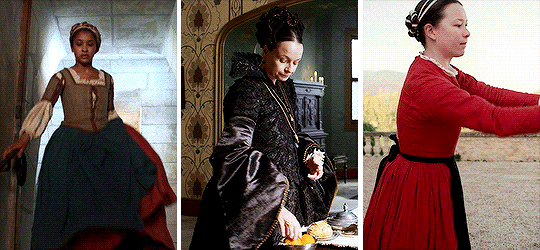
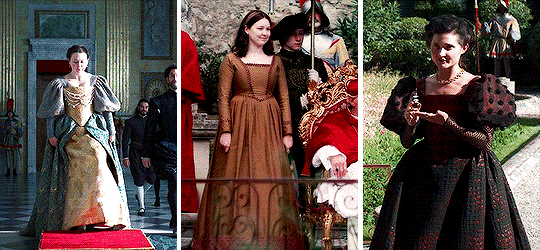
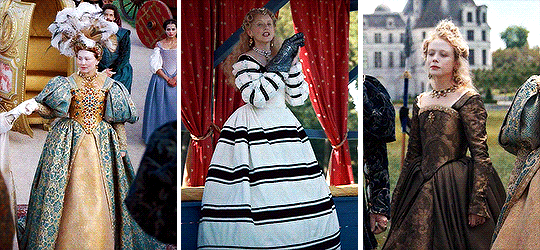
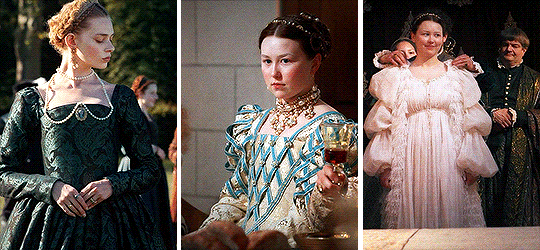
THE SERPENT QUEEN (2022)
costumes from episode 1, Medici Bitch
#the serpent queen#tsqedit#catherine de medici#anne de pisseleu#diane de poitiers#*mio#idk who the other blonde is
739 notes
·
View notes
Text
[Anne de Pisseleu] has almost entirely disappeared from historical accounts. Francis is generally considered the strongest and most impressive French Renaissance king. To acknowledge Anne’s political power would diminish his reputation. But for errors of political judgment in his waning years, Anne has [often] been blamed.
Kathleen Wellman, "Queens and Mistresses in Renaissance France" / Tracy Adams, ""Queens, Regents, Mistresses: Reflections on Extracting Elite Women’s Stories from Medieval and Early Modern French Narrative Sources"
"The Duchess of Étampes [Anne de Pisseleu] has been characterized over the centuries in reflexively misogynistic terms, and traces of the misogyny remain despite the scholarship of David Potter and Francis Nawracki demonstrating that that she was a central political figure during the last years of the reign of François I. She is described, for example, as “undoubtedly a detestable person, capricious, arrogant, taking advantage of her powers as favorite of a feeble, aged king,” and as “the duchess, insolent, capricious,” who “made sure that no one was unaware of the power that she held over [the king].” She was at “the heart of much in-fighting at court,” and she was “fickle.” Charges of greed and vainglory persist, as well: “Combining intelligence with beauty, she was also ambitious and grasping.” The reputation of Diane de Poitiers among historians has been different. She was much reviled immediately after her death, but, by the nineteenth century, she had been embraced as a romantic icon, and, ever since, she has been treated with sympathy or curiosity—the story that she ingested gold to preserve her beauty has garnered considerable interest in the popular press over the past few years—in recent biographies."
#historicwomendaily#anne de pisseleu#ie: her negative historiography of both vilification and diminishment#which has also been the case for historical women like Elizabeth Woodville (I'm writing a post about this) and Mah Chuchak Begum#I would argue that they get the worst of both worlds#french history#Francis I#16th century#diane de poitiers#my post#queue
21 notes
·
View notes
Text

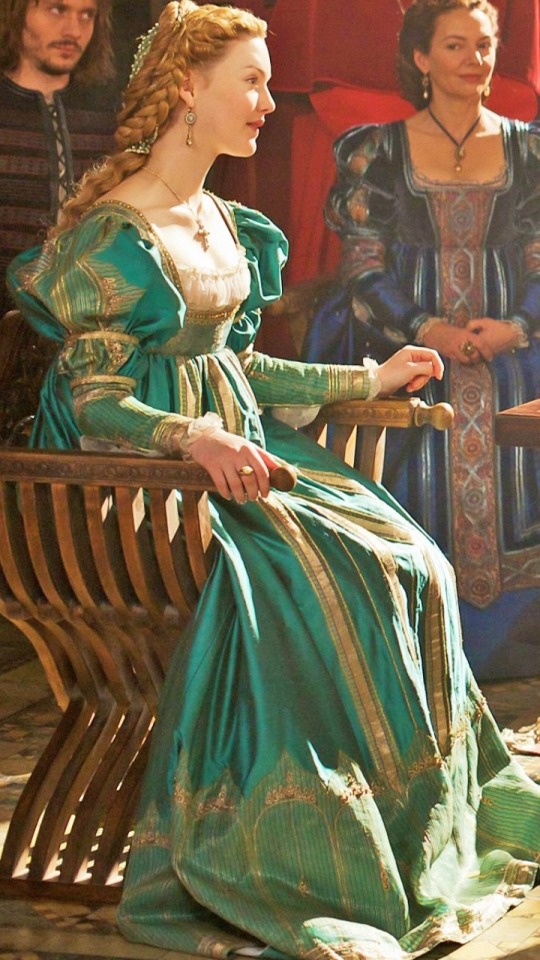
Period dramas dresses tournament: Green dresses Round 2- Group B: Anne de Pisseleu, Diane de Poitiers va Lucrezia Borgia, The Borgias (gifset)
#period drama dresses tournament#tournament poll#tumblr tournament#polls#fashion poll#anne de pisseleu#diane de poitiers 2022#diane de poitiers#the king's favorite#lucrezia borgia#the borgias#green r2
20 notes
·
View notes
Photo


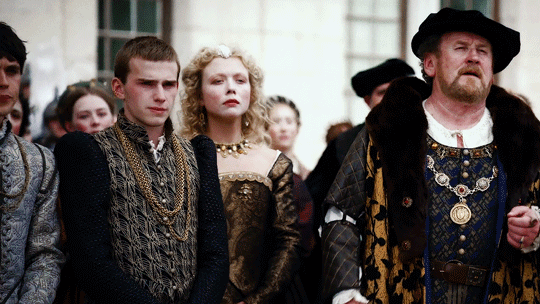



NAOMI BATTRICK as Anne d'Etampes
The Serpent Queen, To War Rather Than to Bed (1.02)
#tsqedit#perioddramaedit#gifshistorical#theserpentqueenedit#naomibattrickedit#naomi battrick gifs#the serpent queen#anne d'etampes#tsq#anne de pisseleu#naomi battrick#*gifs#*mine#n:100
186 notes
·
View notes
Text

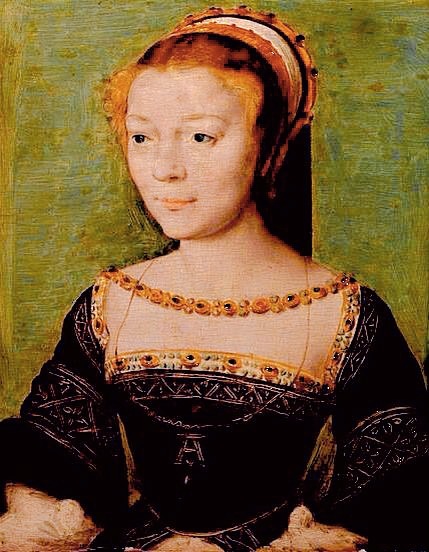

Eleanor of Austria, Anne de Pisseleu and Charles V
In 1538 Eleanor of Austria and her brother Charles V saw each other for the first time in eight years. During the meeting in Aigues-Mortes, Eleanor played a prominent role, arriving with “an infinite number of ladies”, including the Dauphin’s wife, Catherine de Medici, Francis I’s daughter, Marguerite of France, and Margaret of Navarre’s daughter, Jeanne d’Albret. To Eleanor, this was the moment she revelled in because, for the first time since becoming Queen of France, she managed to foster peace between her brother and husband.
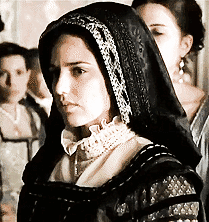
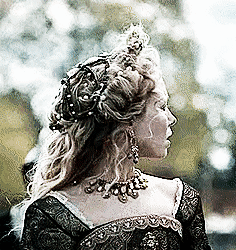

Amidst general rejoicing, Eleanor confessed to Charles how matters really stood between her husband and Madame d’Etampes. “She said how much humiliated and annoyed she was” by Francis’s extramarital affair but begged her brother “to go and pay his court to the said lady in so signal a manner that all should see and notice it”. It must have been humiliating for Eleanor to implore Charles to pay respects to the woman whose sole presence diminished her own position at court, but it shows that Eleanor was far more intelligent and politically savvy than she is given credit for. Madame d’Etampes wielded an extraordinary influence over Francis I, who could refuse her nothing. One word from the formidable duchess could make or unmake any alliance, and Eleanor knew it. Charles V did as he was told and, “with cap in hand went forward and embraced and kissed the lady most affectionately, waiting upon her all the time the collation lasted and saying many sweet things to her, as for instance that he wished very much to become the object of her affections, and to surpass even King Francis in his devotion and attentions.” Madame d’Etampes saw it as her unqualified success; Queen Eleanor saw it as a necessary evil.
But when Charles V was passing through France in late 1539, he failed to make much of the French King’s mistress, incurring her wrath. It was reported that after the Emperor’s visit, Anne de Pisseleu nurtured “angry feelings” towards him. If the Emperor thought that he could get away with ignoring Francis I’s mistress, he was wrong. The imperial ambassador at the French court, Jean de Saint-Mauris, reported that her heart was hardened against him “in such a way that it will be very difficult, nay, almost impossible, to appease her”.
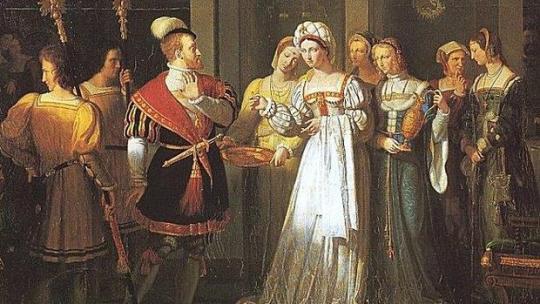
Eleanor dreamed about a firm peace treaty between her brother and husband for years. In 1544, yet again, she was instrumental in attaining it. She left France to meet with her brother and cement peace in the autumn of that year, taking Francis I’s younger son Charles, Duke of Orléans, with her. She was also accompanied by Anne de Pisseleu, travelling together in one litter. The reason Madame d’Etampes was invited in the first place was because Queen Eleanor realized that Madame’s approval of the course of foreign policy was essential in bringing peace between her brother and husband to fruition. This time, the Emperor made much of Anne de Pisseleu, presenting her with a jewel worth 6,000 crowns, half the value of the one he gave his sister the Queen. Eleanor had learned to accept Anne’s presence in her life. It was not always easy. In 1541, for instance, three of Eleanor’s Spanish ladies-in-waiting were banished from court “for speaking ill of Madame d’Etampes”, which means that they must have followed the Queen’s example.
Source:
Sylvia Barbara Soberton, Golden Age Ladies: Women Who Shaped the Courts of Henry VIII and Francis I
7 notes
·
View notes
Photo
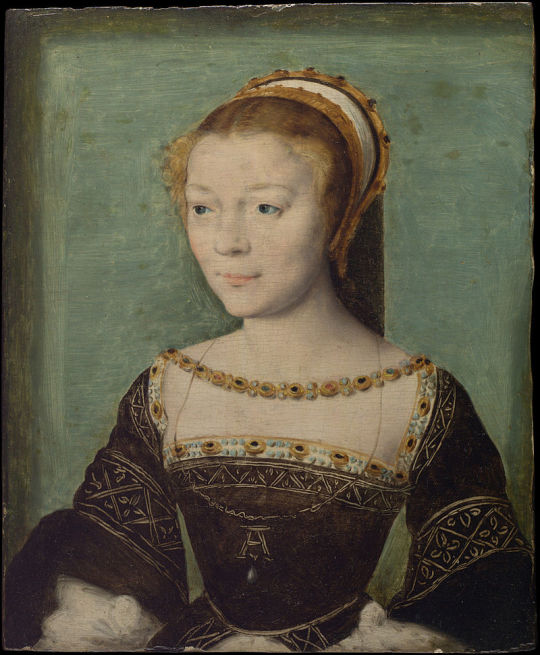
Anne de Pisseleu d'Heilly (1508 – 1580) was chief mistress of Francis I of France. She became Francis' mistress following his return from captivity in 1526. Anne enriched her family and friends through her courtly influence and after Francis' death was banished from court and temporarily imprisoned in her husband's castle. She would spend her later years ensuring the fortune of her family. Anne died in 1580.
20 notes
·
View notes
Text






Naomi Battrick as Anne de Pisseleu d'Heilly
The Serpent Queen (1.04)
66 notes
·
View notes
Text



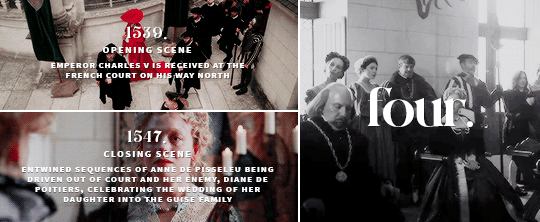
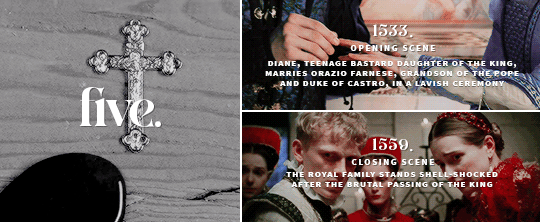


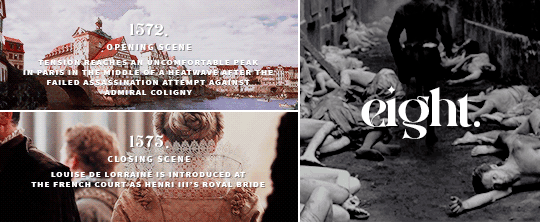



K I N G S I D E, a tale of seven kings
first season 1514-1520. Claude and François finally get married, a vacant seat for Mary Tudor, Louise of Savoy's stubborness to keep her son in check. A new King arises, the New Order, François' quest for glory in Italy. Another crown, another campaign.
second season 1522-1530. The inheritance dispute that leads Bourbon to treason. The pursuit of the italian dream, Claude dies, all is lost in Pavia. Süleyman and the unthinkable alliance, captivity in Spain. The Ottoman fleet. Royal depression. The inheritance dispute that led Bourbon to treason. The ladies' peace, Henry VIII flinching, a price for two princes, a New wife for the King.
third season 1531-1537. Louise dies, tensions between François and Marguerite. The wedding of Catherine and Henri. The rise of Pisseleu, the battle at Court between Charles and Henri and their people. War between Diane and Montmorency. Placards and the anti-heterics frenzy, another war in Italy. Wedding and death of Madeleine.
fourth season 1539-1547. Mending tensions between France and Spain. A very stubborn niece. All eyes on Henri and Catherine's sterile womb. Death of Charles. The duel in Jarnac. The King is dead, long live. Diane de Poitier's absolute triumph over Anne de Pisseleu. The Guises make their move.
fifth season 1553-1559. Diane of France's not so typical royal wedding. Catherine giving birth to the twins, Chenonceau goes to Diane, the cordial hate between the two. Rohan VS Nemours. Montmorency mess and a remarriage for Diane of France. The death of Henri, everything falls down.
sixth season 1560-1564. François II barely hanging on, Catherine's almost giving up, Elisabeth married off, the Guise family's counterpower, Montemorency's political exile, the Amboise conspiracy, preparations for the grand tour.
seventh season 1565-1572. The end of the grand tour, encounter between the royal family and Elisabeth, queen of Spain. The rise of Charles IX, a new queen, Marie Touchet and her bastard boys. Catherine's plans to get a match for Marguerite. Rising tensions between Charles and Henri after Jarnac and Montcontour. Marguerite's nuptials amidst tensions and Coligny's attempted murder.
eighth season 1572-1575. Coligny and the Protestant leaders rallying the troops. The Saint Barthelemew Massacre and the promise of Marguerite to never forgive her family. Catherine finds out Anjou's possible involvement. A new king for Poland. Marguerite's toubled married life. Death of Charles IX. Henri's escape from Poland and slow return to France.
nineth season 1581-1584. Catherine's illusions shatter. New King, no heir. Marguerite returns to Paris. Louise shows some spine against the King's favorites. Quarelling with Anjou, tensions with Elizabethan England, Anjou's election and subsequent death and Catherine's anger. The Guise family veering off the road.
tenth season 1585-1589. The mounting war of the three Henris. All eyes on King Henri who has no sons, Catherine's political exile, the slow burning of the last Valois children. Hunting down Marguerite from stronghold to stronghold, ending with her house arrest in Usson. Assassination of the Guise brothers, the death of Catherine, Henri III breaks down in Diane's arms. Marguerite in exile, Diane the only "true" daughter of Catherine's, as she sets out to (successfully) pacify the kingdom on her own.
#historyedit#perioddramaedit#mine#*#*kingside#16th century#so yeah this took me a whole month instead of a good week#we love crappy laptops
166 notes
·
View notes
Photo
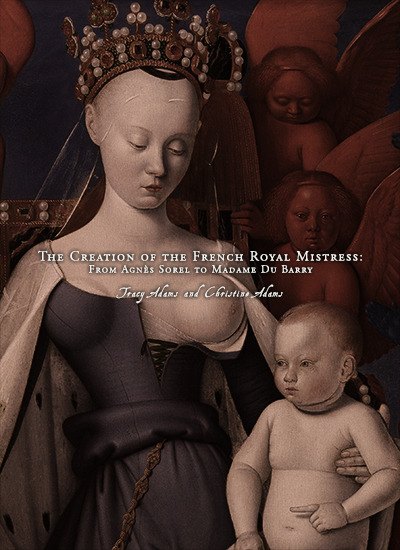
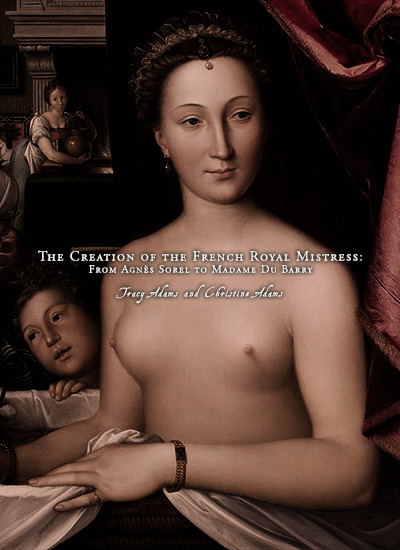

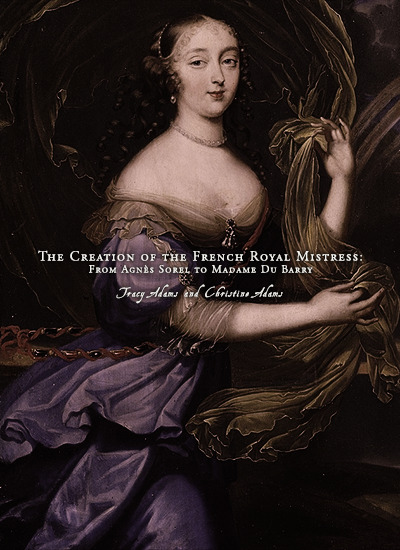
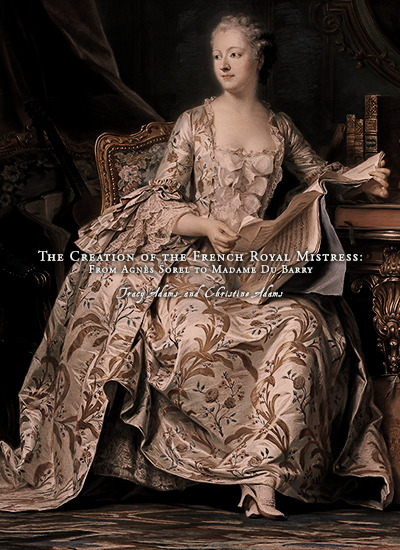
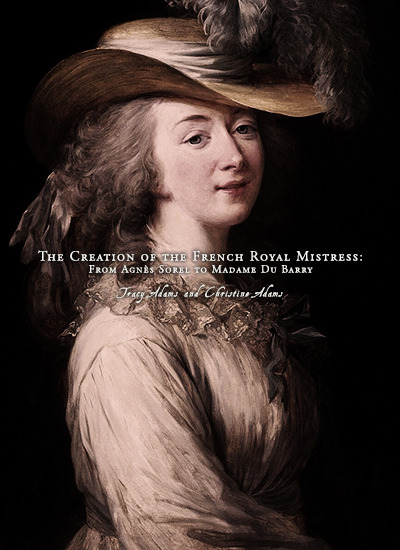
Favorite History Books || The Creation of the French Royal Mistress: From Agnès Sorel to Madame Du Barry by Tracy Adams and Christine Adams ★★★★☆
This study explores the sociogenesis and development of the position in France, examining the careers of nine of its most significant holders: Agnès Sorel, Anne de Pisseleu d’Heilly, Diane de Poitiers, Gabrielle d’Estrées, Françoise Louise de La Baume Le Blanc, Françoise Athénaïs de Rochechouart de Mortemart, Françoise d’Aubigné, Jeanne-Antoinette Poisson, and Jeanne Bécu. Although kings had always had extraconjugal sexual partners—some of them powerful, such as Alice Perrers or Jane Shore—only in France did the royal mistress become a tradition, a quasi-institutionalized political position, generally accepted if always vaguely scandalous. And yet the position has been studied only in popular narrative histories intended to titillate. Other powerful female roles central to royal family life, such as the queen, the queen’s entourage, and the female regent, an unofficial role once considered somewhat illegitimate, have received serious attention in recent years, as have individual mistresses. However, the important and enduring position of French royal mistress per se has not been explored.
The study’s point of departure is a simple question: What was it about France? We would like to be very specific about our approach to this question. The creation of the role could be examined from any number of valid and enlightening perspectives. For example, it could be approached through a psychoanalytic lens, to hypothesize about the hidden emotional reasons why the role emerged when it did. Or it could be examined within the context of the Querelle des femmes, that long-term debate over the merits and faults of women, which corresponds, chronologically, to the appearance of the powerful royal mistress in France. However, given our own critical inclinations, we have opted to examine the intellectual, emotional, and physical environment that made emergence of the role possible.
We take as the basis of our analysis Fernand Braudel’s three-part schema of history, which differentiates long- from medium-term structures and both of these from short-term events, and, in this introduction, we initiate the study by applying the schema to the period between 1450 and 1540. Agnès Sorel, often considered to be the first significant French royal mistress, died in 1450; around 1540 Anne de Pisseleu d’Heilly, the Duchess of Étampes (1508–1580), begins to appear in ambassador reports as a central figure in court politics. As we will see in chapter 1, although indirect evidence attests to Agnès’ political influence, it was not widely recognized during her own time. In contrast, no one doubted Anne de Pisseleu’s power. Between these two dates, then, something occurs that makes it possible for the king’s mistress to be taken seriously as a political adviser.
#historyedit#house of valois#house of capet#french history#european history#women's history#history#history books#nanshe's graphics
61 notes
·
View notes
Photo

Hôtel de la Salamandre construit par François Ier pour sa favorite Anne de Pisseleu
Rue de l'Hirondelle - Paris VI
#paris6#paris#picoftheday#parismaville#igersparis#instaparis#parismonamour#parisjetadore#thisisparis#parisfrance#parisphoto#seulementparis#vivreparis#secretsdeparis#mybeautifulparis#exploreparis#architecture#architectureparis#instadoors#doorsofinstagram#doors#parisiandoors#portesdeparis#parisdoors#doorsofparis#beautifuldoors#doorlove#mascaron#mascaronsdeparis#mascarons
6 notes
·
View notes
Photo
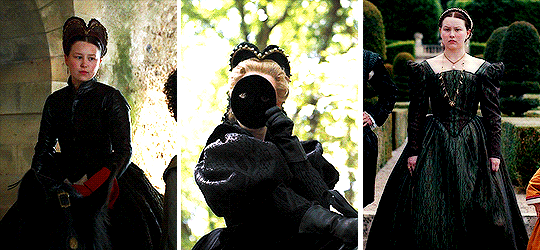

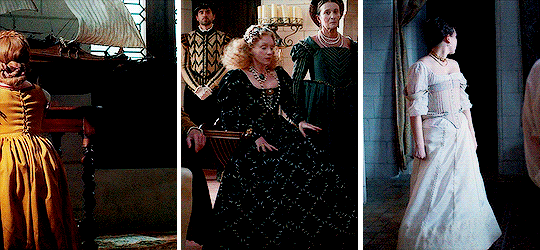

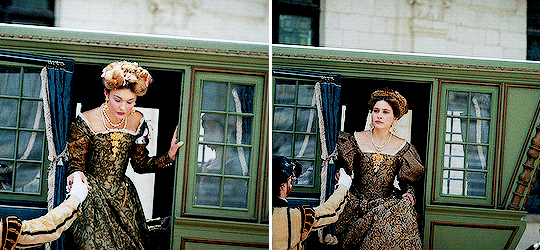


THE SERPENT QUEEN (2022)
costumes from episode 2, To War Rather Than To Bed
#perioddramaedit#tsqedit#the serpent queen#catherine de medici#diane de poitiers#eleanor of austria#rahima#anne de pisseleu#*mio#francis i#henri ii
440 notes
·
View notes
Text
Marguerite de Navarre’s discussion of courtly love, La Coche (The Coach) (1541–42), was dedicated to [Anne de Pisseleu]. The relations between Marguerite and Anne were complex. Sometimes described as rivals, they often shared tactical objectives in court politics and, though Marguerite was waspish about many others in her talks with foreign envoys, she never was about Anne. There was clearly also some sympathy between them in matters of religion, which in Anne’s case developed later into Protestantism. Marguerite’s poem is a discussion about the miseries and pains of love, which are submitted by Marguerite to the arbitration of Madame d’Étampes in the absence of her brother the king. The text also contains an extended eulogy of Anne (though not named directly) in which she is likened to ‘a sun midst stars who spares nothing for her friends, nor stoops to vengeance on her foes’. Marguerite addresses her as cousin and mistress. There are several illuminated copies, the best known in the Musée Condé showing Marguerite presenting the work to Anne."
-David Potter, "The Life and After-Life of a Royal Mistress: Anne de Pisseleu, Duchess of Étampes"
#historicwomendaily#anne de pisseleu#french history#16th century#my list#Marguerite of Angoulême#marguerite de navarre#marguerite de valois#I don't know what to tag her :(#Anne and Marguerite (+Diane de France) are the most interesting women of 16th century France to me#so I love that both of them were allies and seem to have gotten along#my post
16 notes
·
View notes
Text
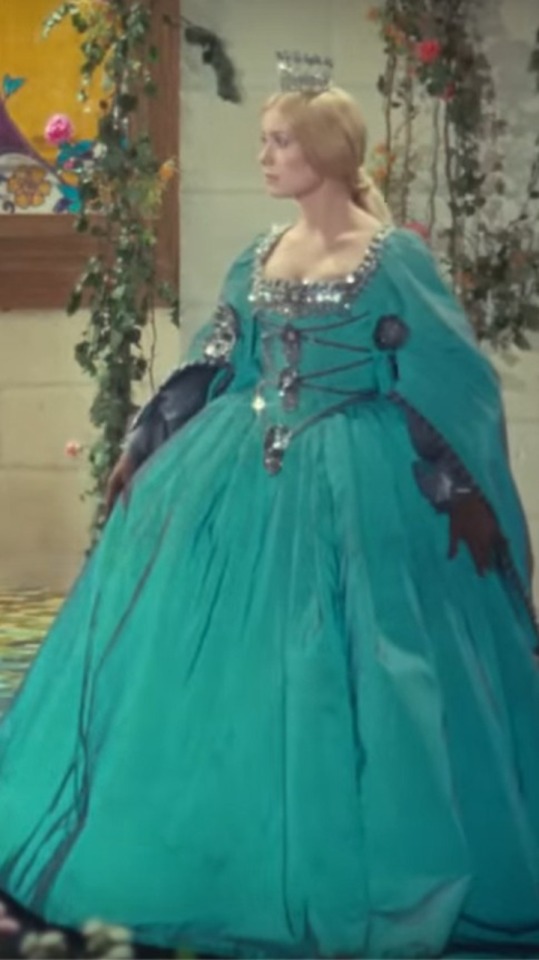

Period dramas dresses tournament: Green dresses Round 1- Group B: The princess, Donkey skin (17th & 18th gifs of this gifset) vs Anne de Pisseleu, Diane de Poitiers
Propaganda for The princess' dress (written by its submitter):
The "Dress the color of the Weather". Quality GIFs are hard to find but the dress has clouds moving through the fabric. IRL, it was made out of the same material cinema screens are made of, and filmed images of the sky were projected onto it during the shooting. Stunning practical effects <3
#period drama dresses tournament#tournament poll#tumblr tournament#polls#fashion poll#the princess#donkey skin#donkey skin 1970#peau d'âne#anne de pisseleu#diane de poitiers 2022#diane de poitiers#the king's favorite#green r1
11 notes
·
View notes
Photo


NAOMI BATTRICK as Anne d'Etampes
The Serpent Queen, Medici Bitch (1.01)
#tsqedit#perioddramaedit#gifshistorical#theserpentqueenedit#naomibattrickedit#naomi battrick gifs#the serpent queen#anne d'etampes#tsq#anne de pisseleu#naomi battrick#*gifs#*mine#n:300
346 notes
·
View notes
